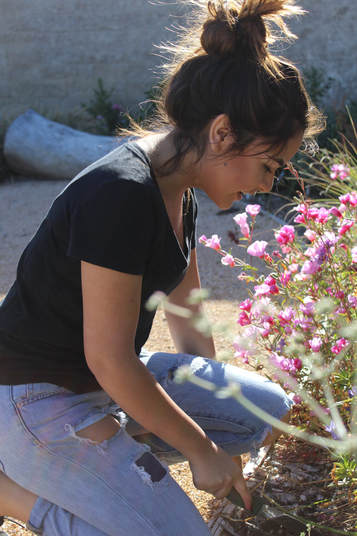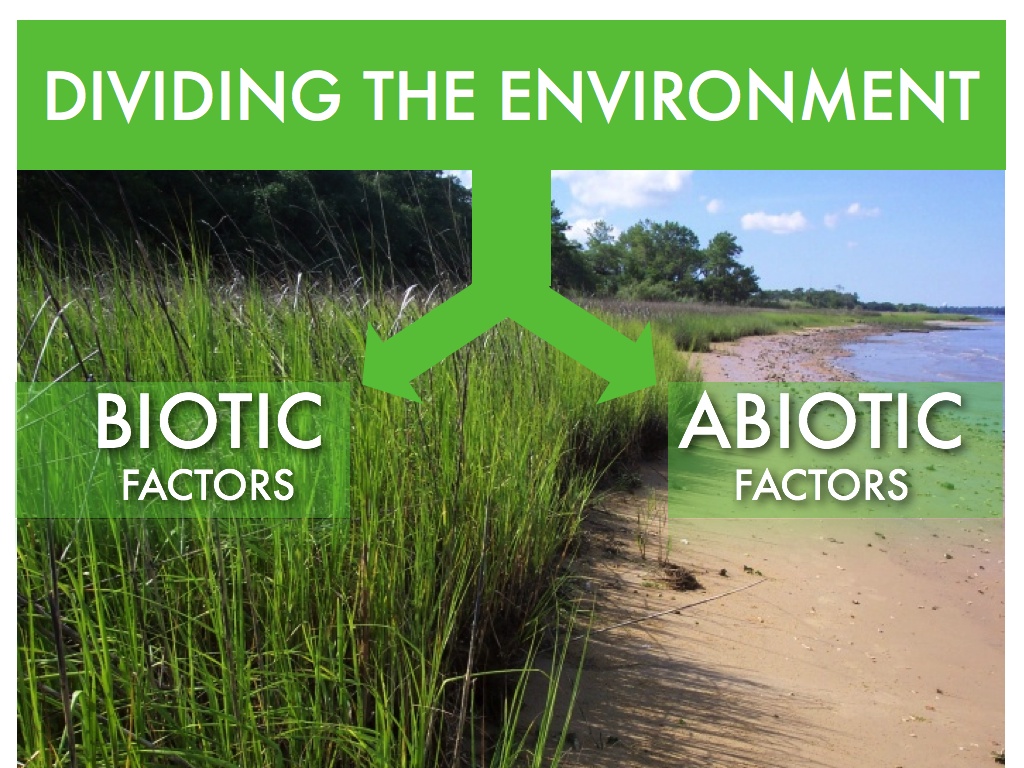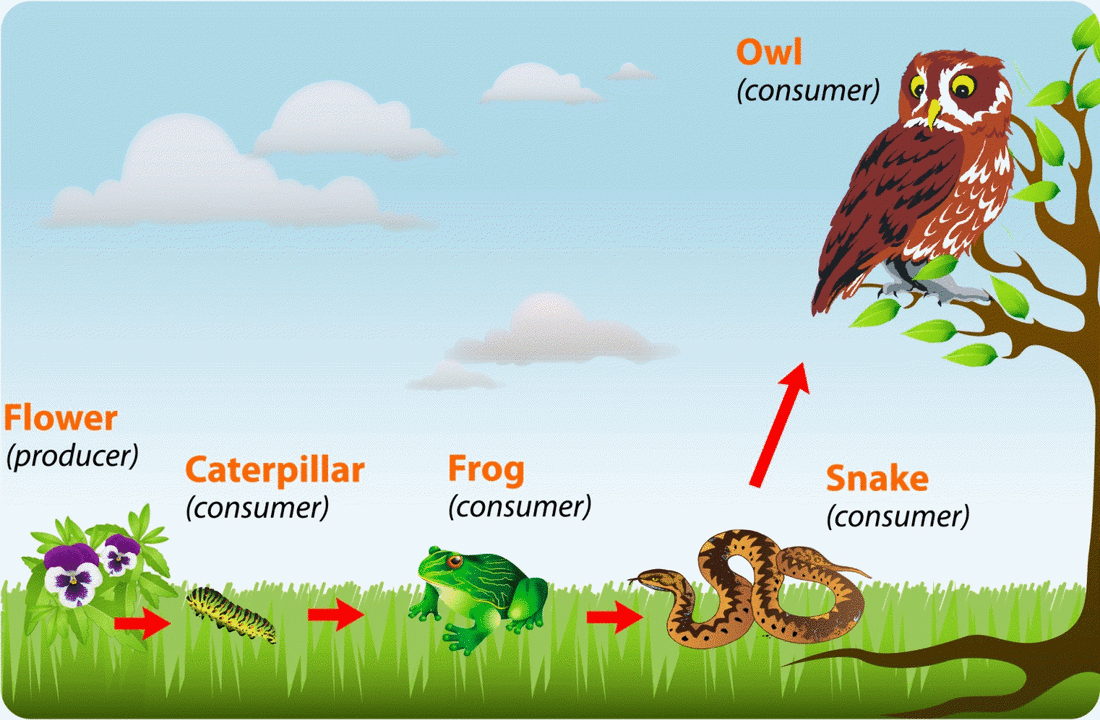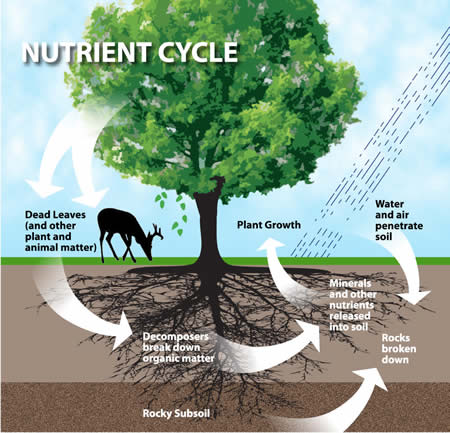Agroecology
|
Introduction to definitions, concepts, principles, and practices of sustainable agricultural systems. Sustainability topics to be discussed include: organic farming, integrated pest management, holistic resource management, non-organic sustainable agriculture, low-input sustainable agriculture. Local examples of the above systems will be discussed, demonstrated, practiced and observed though lectures, labs, projects and field trips.
Blog Alert: What is Agroecology? Go to the blog page and write your own definition. Click on the button above to post your definition!
|
Structure of Natural SystemsAn ecosystem is a structure that is composed of two basic parts, biotic and abiotic factors that function to make it a living, breathing and dynamic which create unique systems that govern the level of “fitness” each region can attain. Biotic factors are the living organisms that interact within the region that maybe unique to its location, while the abiotic are the nonliving portions physical parts of the region, such as soil, light, moisture and temperature.
|
Levels of OrganizationThe simplest level is the organism which is the study of the individual and how it performs in an ecosystem. The next level is know as the population which is the collection of individuals of the same species. An example is the productivity of a field of barley and its capacity to compete with the other populations of living things, such as weeds and volunteer crops. Population of different species is concerned as a community. An important aspect to consider when evaluating a community is how do species compete against and support each other. In other words how do they interact with each other. Competition between cropping systems is key to maximizing yield and well as improving sustainability.
|
Functioning of Natural EcosystemsEcosytem function refers to the dynamic processes occuring within ecosystems: the movemsnt of matter and energy and the interactions and relationships of the organiisms and materials in the system. It is important to understand these processes in order to address the concepts of ecosystem dynamics, efficiency, productivity and development, especially in agroecosystems where function can determine the difference between the succuess and failure or a particular crop or managenment practice. The two most fundamental processes in any ecosystem are the flow of energy among its parts and the cycling of nutrients.
|




